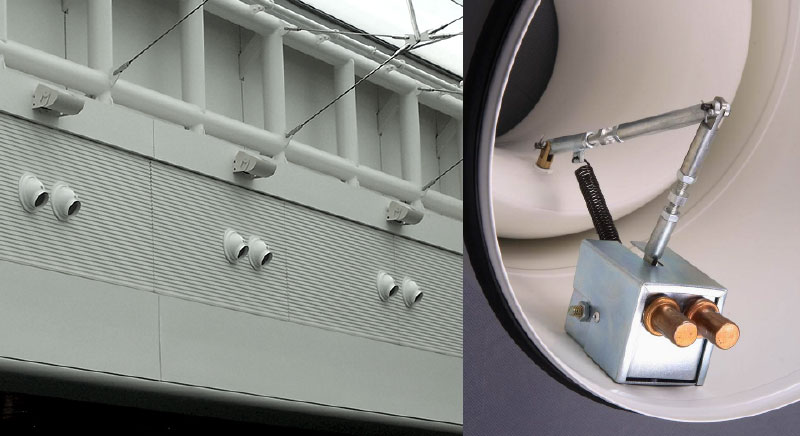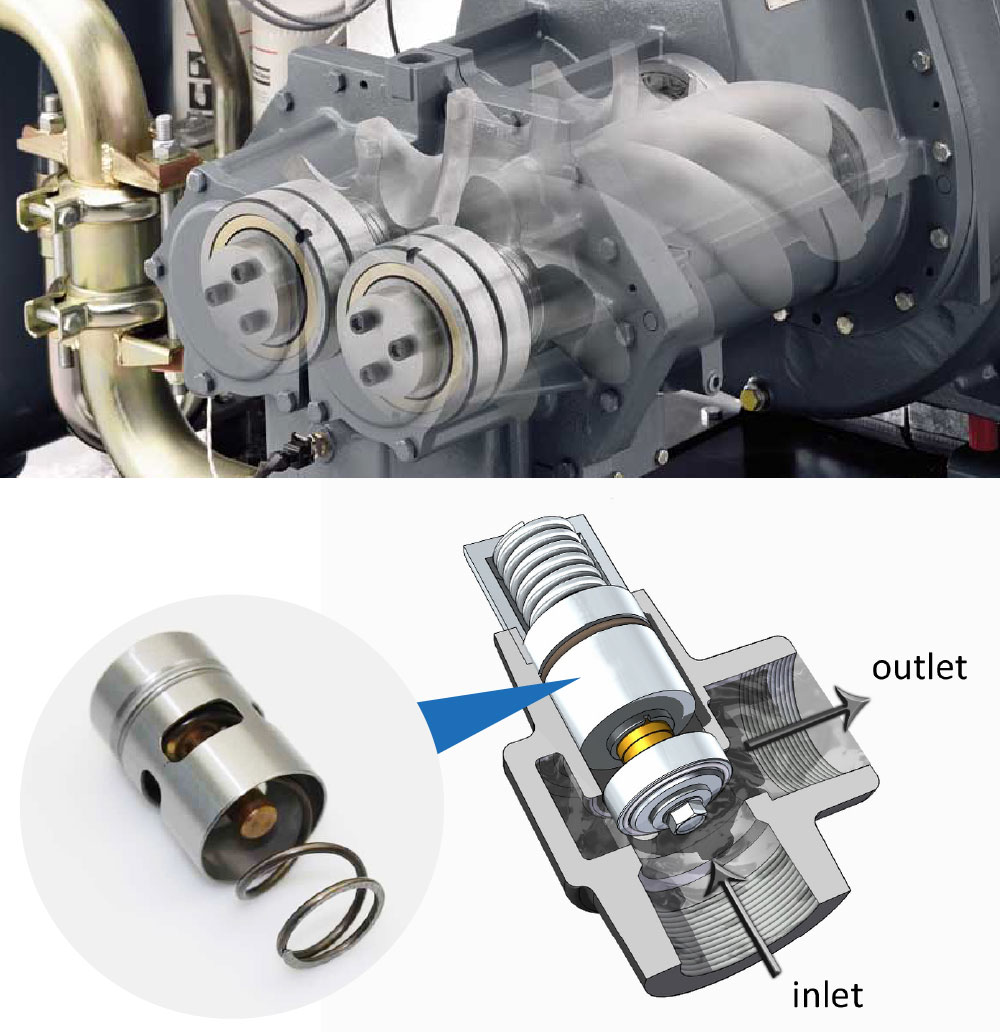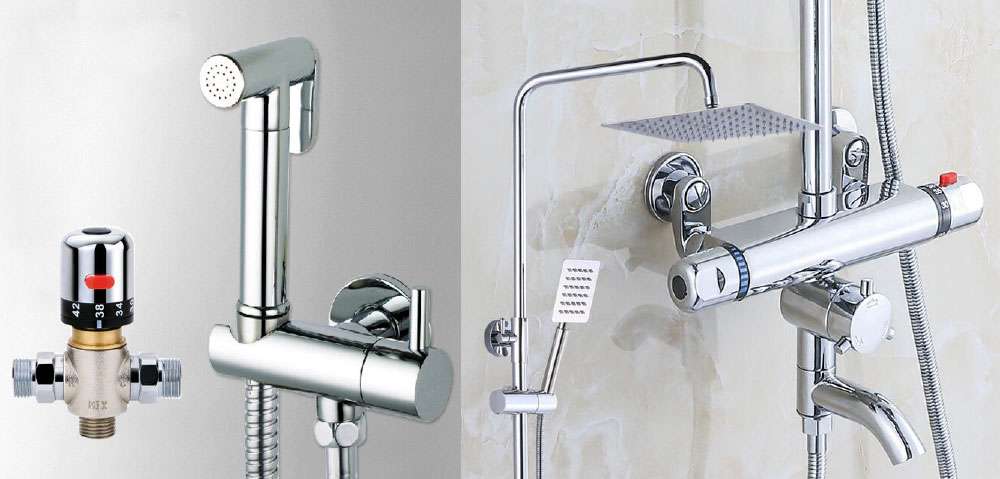Fracturing truck is an important engineering vehicle in oil field, which can complete the work of fracturing stimulation. Fracturing truck mainly consists of chassis, platform engine, gearbox and high-pressure pump. Combining with the actual use of fracturing truck, the transmission shift control is optimized, and the fuzzy control design is adopted to improve the overall performance of the system.

The main use of fracturing truck is fracturing operation. The function of fracturing operation is to increase oil production. The main components of the fracturing vehicle are chassis, engine, gearbox and high-pressure pump. The gearbox connects the engine and the high-pressure pump, and adjusts the working displacement of the high-pressure pump by changing gears of the gearbox. When fracturing operation is carried out, dozens or even dozens of fracturing trucks work at the same time. When the displacement is to be changed, the traditional operation method is that manual operation is used to adjust the gear of a fracturing truck.
This kind of artificial operation is not necessarily the best one, which may result in larger displacement impact, affect the quality of fracturing operation, and then affect the final output of oil. 。 Fuzzy control method is adopted to reduce the displacement and pressure fluctuation caused by shifting. Fracturing is uniform and the stimulation effect is obvious. The application of fuzzy control theory must solve the following three problems: determining the structure, that is, thermostatic element defining the output and input of the fuzzy controller. Define the domain of output and input variables, parameters of the controller, such as scale factor and quantization factor. The sensor is used to read the input in the controller, and then the input is simulated and processed to become a membership function of the fuzzy set. The following three aspects of the design of fuzzy controller. The controller does not directly affect the control quantity U. It is determined by the control of the controlled object by setting parameters (PID parameters). According to the number of inputs of the fuzzy controller, the fuzzy controller can be divided into three categories: one-dimensional fuzzy controller, two-dimensional fuzzy controller and three-dimensional fuzzy controller.

The most common one is two-dimensional fuzzy controller, that is, the input is the differential of deviation and deviation. The input of the fuzzy-PID controller is used to set the parameters of the PID, so it is a three-output fuzzy controller. The output is Kp, Ki and Kd. As shown in Figure 1, it is the structure diagram of the fuzzy controller system. According to the input of the fuzzy controller, the controller can be divided into one-dimensional fuzzy controller, two-dimensional fuzzy controller and three-dimensional fuzzy controller. Two-dimensional fuzzy controller is the most common. The input of the fuzzy controller is used to set the PID parameters. The structure diagram is shown in Figure 1.
In the design of the fuzzy controller, the first step is to fuzzify the precise input. The inputs E and EC are exact values, while the operations in fuzzy reasoning are discrete variables. The process of fuzzification includes the following steps: determining the actual range of input and output values, determining its universe, determining the scale factor and quantification factor, selecting appropriate fuzzy language variables, and determining the membership function of input and output. The basic universe refers to the actual range of input variables and output variables of the fuzzy controller. The basic domain is the exact value. Let the basic domain of E [-emax, emax], and the basic domain of EC [-ecmax, ecmax]. Take the positive integer m, and let the quantization domain of E be {- m, – M 1,… 0,… M-1, m}, then M is a series divided by discretization (quantization) of the continuous variation deviation in the [0, emax] range, which makes e discrete. In the same way, if positive integer n is chosen, then the quantization domain of EC is {n,-n 1,… 0,…
N-1, n}, series n. In theory, the quantization level is too subdivided to make the algorithm complex. Generally, M = 6 is chosen to form a set of quantization domains containing 13 integers. Ke and Kec directly affect the system. When Ke is large, the basic domain of error is shortened and the control function of error variable is increased. As a result, the overshoot is too large, the transition time is longer and the rise time is shorter. Kec and Ke, on the contrary, have a significant effect on restraining overshoot. Generally, the increase of Ke will reduce the steady-state error; the increase of Kec will reduce the steady-state error; the change rate of error in steady-state. This shows that Ke and Kec will have an impact on dynamic performance, both of which can not be ignored. Each fuzzy set of fuzzy linguistic variables should be defined reasonably, so as to make them cover the whole universe better and make their distribution on the fuzzy universe reasonable. In order to avoid the “gap” in the sensitive region, the maximum membership of any element in the universe should not be too small. If it is too small, or even runs out of control, the system performance will deteriorate. In order to achieve good control effect, it is better to set the number of elements in the universe to 2-3 times the number of input variables e of the fuzzy control language, and the fuzzy control languages of EC and output variables Kp, Ki and Kd are as follows: {negative large, negative medium, negative small, zero, positive small, positive small, and positive.

Medium, positive large}. The method of determining the membership function is not fixed, it is determined by summing up the operator’s control experience. By discretizing the membership function, the membership degree can be obtained and the fuzzy set of fuzzy variables can be formed.
Fuzzy sets are described by membership functions. The essence is to determine the shape of membership function curve of fuzzy sets. Language variables are described by their language worth collecting. The fuzzy sets of these linguistic values can be described by the representation of membership functions such as graphs, tables, formulas and coordinates. Language variables are described by linguistic values, and each linguistic value is a fuzzy quantity. Trapezoid. The three membership functions have little influence on the control effect, but have great influence on the performance of each fuzzy set membership function. Trigonometric and trapezoidal membership functions are used in practical experiments because they are more sensitive than normal distribution membership functions when input values change. When deviations occur, they can produce a control output quickly, and the mathematical expression is simple, the operation is simple and the memory space is small.
Manual control strategy refers to the set of technical knowledge that people form and store in the operator’s brain through learning and long-term experience accumulation. Some way of thinking of manual control strategy can be reflected by the control rules of the fuzzy controller. Control rules are a set of fuzzy conditional statements composed of different permutations and combinations of input and output linguistic variables. The difference between a fuzzy controller and a general controller is that the traditional algorithm controls the control quantity based on the numerical value of an algorithm, and the fuzzy control rule is based on the operation experience and expert knowledge, which imitates the way of human operation thinking to obtain the control quantity. The determination of fuzzy control rules is the most important step in the process of designing a fuzzy controller. Because appropriate control rules can better reflect the operator’s experience in specific control and improve system performance. This is a reasoning expression representing the control law of the system, which is called the rule. Among them, X and y are input variables and Z are inference results; the “x is A and Y is B” of the if part is called the former part, and the “z is C” of the N part is called the latter part. The transmission control system has two main characteristics, one is the complex mathematical model, the other is non-linear. The characteristics of fuzzy control technology are just adapted to these two points. First, it is unnecessary to know the mathematical model of the system, and second, it can control the non-linear object well. Fuzzy control technology is similar to human thinking. The application of fuzzy control in the control of automatic transmission is equivalent to equipping the transmission with an experienced operator, who will reasonably control the gear of each vehicle according to the actual working conditions of the current well site, so that the transmission can reasonably work with the engine. 。 There are two ways to design the fuzzy control. One is the experiment. According to the displacement, pressure and sand ratio data of the well site, the corresponding gear position under the specified conditions is processed and the shift law is solved.
Secondly, a mathematical model is established according to the theory of fracturing truck. Fracturing truck work reliability requirements are very high, slight errors will cause hundreds of thousands or even tens of millions of economic losses, even casualties. This requires that the fracturing truck has good quality.
By optimizing the gearshift of the gearbox, the reliability of the fracturing truck can be improved and the artificial operation errors can be guaranteed at least in use. Three-parameter shift law is selected for transmission control of fracturing truck in Northern Heavy Industry Field. Operators perform actual operations under specified conditions, record the throttle opening and engine speed when the operator shifts manually, then process these data, find out the shift law, get the appropriate shift point, and then can make a fuzzy partition, and then solve it through the fuzzy control table. Through the experiment in Jilin Songyuan Oilfield, during the fracturing process, the displacement and pressure fluctuation caused by shifting are reduced, the fracturing is uniform, and the stimulation effect is obvious. Compared with other gearboxes, the fracturing oil (gas) yield can be increased by 20% – 30%. Fig. 2, Matsuhara experimental site.
